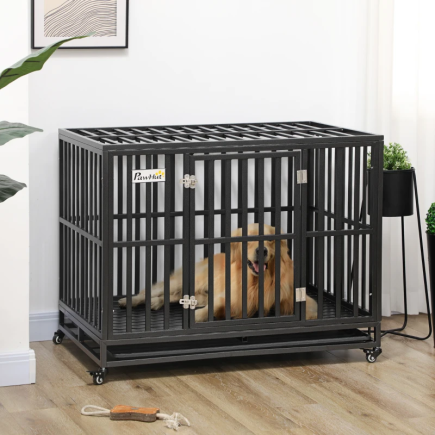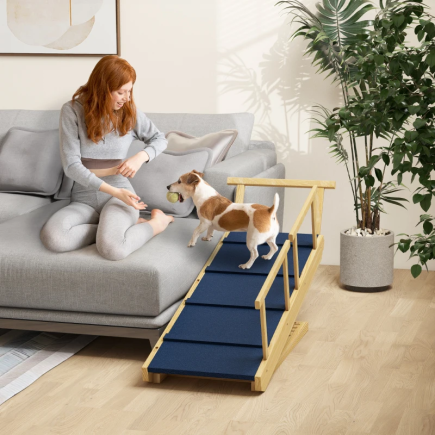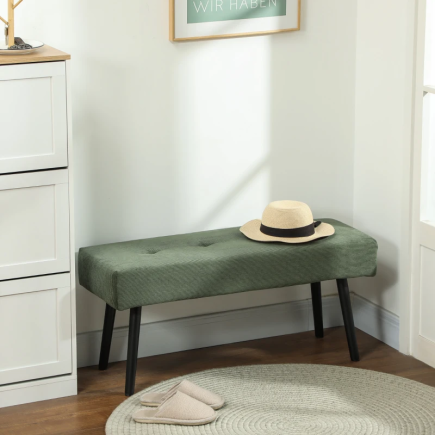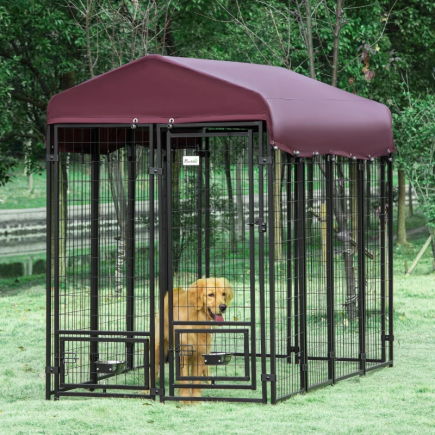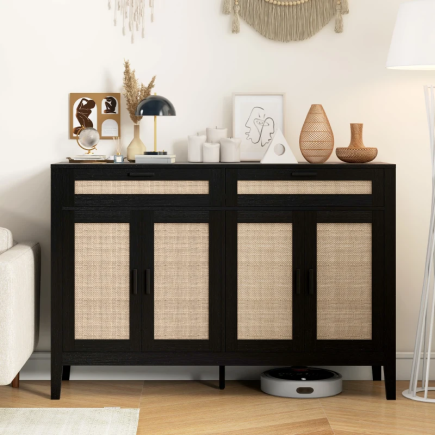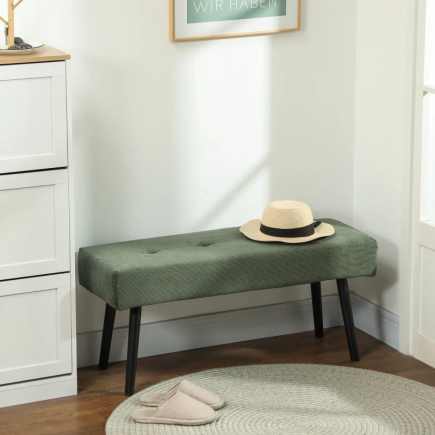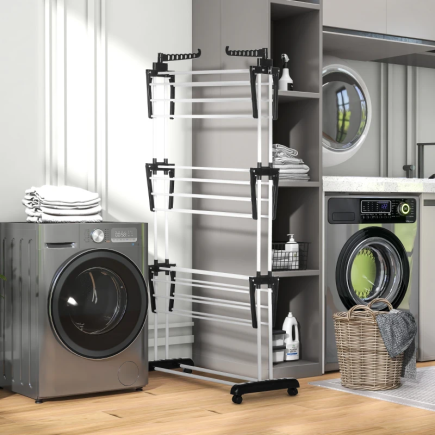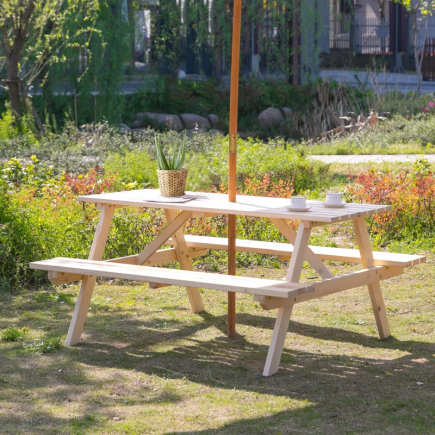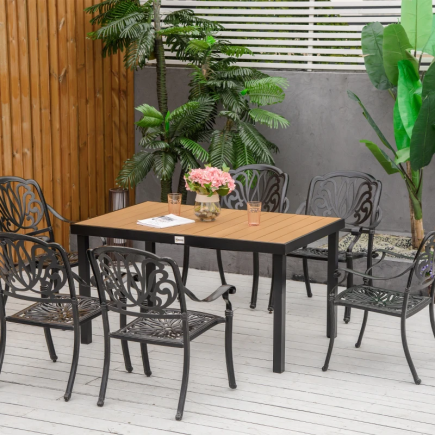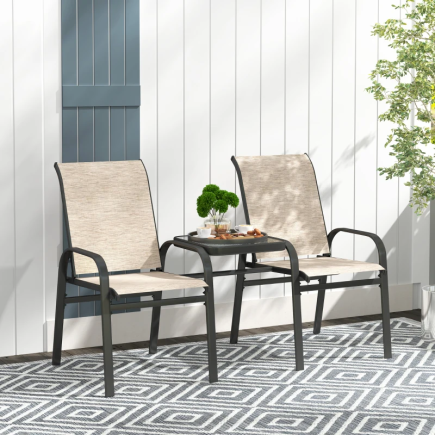
Electric fireplaces are celebrated for their convenience and visual appeal. While they eliminate the need for real wood or flames, one essential detail can make or break the realism: how the fake logs are arranged. A thoughtful, balanced arrangement transforms a flat display into a cozy focal point. This article covers everything you need to know about arranging fake logs properly.
Start with a Strong Foundation
Place the Largest Logs First
Begin by selecting the largest logs in your set. These form the structural and visual base of the entire arrangement. Place them at the back or bottom of the firebox, ensuring they’re angled slightly inward for depth. The goal is to mimic how real firewood settles over time, with uneven, slightly overlapping shapes rather than straight lines.

Avoid blocking vents or flame projection areas while anchoring these logs. Stability and spacing are key, think of this layer as the frame that supports and defines the entire composition.
Add Volume and Shape with Medium Logs
Build the Midsection with Natural Variations
Once your base is established, move to medium-sized logs. These are placed slightly forward or partially resting on the base layer but should never appear stacked in a rigid or artificial way.

Vary the angles and orientation of each log to simulate how wood naturally shifts and falls. Some can lean slightly to the side, while others may nestle between two larger logs. This middle layer adds substance and softness to the arrangement.
Fill in Gaps with Small Logs and Branches
Use the smallest pieces, twigs, short logs, or thin branches to complete the arrangement. These don’t need to be symmetrical or structurally significant. Their purpose is to add detail, realism, and visual texture.

Place them diagonally between larger logs or gently leaning across gaps. This creates a casual, burned-down wood effect and blurs the boundary between layers, making the setup appear more natural and spontaneous.
Create Natural Gaps for Flame Effects
Let the Light Move Freely
Electric fireplaces rely on LED flames or reflective panels to simulate fire. To ensure these effects remain visible and dynamic, intentionally leave open spaces between logs.

These gaps should be irregular and strategically placed. Allowing light to pass through at various points front, middle, and rear creates depth and allows the flames to appear to dance between the logs. Never block flame emitters or reflective surfaces.
Build Forward and Backward Depth
Don’t Keep Everything in One Plane
Effective arrangements use not only vertical layers but also spatial depth from front to back. Instead of aligning all logs in a single row, push some deeper into the firebox and bring others slightly forward. Overlap where appropriate, but leave breathing room.
This three-dimensional approach enhances realism, especially when viewed from different angles in the room. It gives the illusion of a living, breathing fire rather than a static setup.
Match Your Aesthetic with a Visual Style
Choose a Layout That Fits Your Space
There’s no universal rule for log placement. Your layout can reflect your interior design preferences and the overall tone of your room. Consider one of these visual approaches:
Natural Stack
- Casual, irregular, and organic
- Works well in rustic or traditional settings
Cross Stack
- Clean, structured layout with alternating layers
- Ideal for transitional or minimal interiors
Artistic Arrangement
- Modern, decorative layouts (spirals, fanned angles, minimalist groupings)
- Best suited for contemporary spaces focused on design impact
Choose a style that enhances your space, then build with that intention in mind.
Protect Flame Visibility and Airflow
While style is important, function comes first. Avoid placing logs directly on top of vents, heaters, or flame sources. These components need space to perform their roles without interference.
Likewise, keep logs away from the front glass panel to prevent visual imbalance or unnecessary heat buildup. Your layout should enhance flame visibility, not obstruct it.
Test, Observe, and Fine-Tune
Once you’ve completed the setup, turn on your Electric Fireplace and observe:
- Are the flames visible through the layers?
- Do the logs look natural from different viewing angles?
- Is the composition visually balanced?
- Is any light or heat source being blocked?
If something feels off, don’t hesitate to adjust one or two pieces. Even small shifts in angle or position can greatly improve the final appearance.
Creating a Realistic Log Arrangement
Arranging fake logs in an electric fireplace isn’t just about stacking them inside a box. It’s about designing a realistic, visually layered environment that mimics the charm of a wood-burning fire. With the right techniques, you can create a scene that feels spontaneous, warm, and perfectly integrated into your room. Focus on strategic layering, flame visibility, and visual flow. Choose an arrangement style that complements your home, and test the layout until it feels just right. When done properly, a well-arranged log set can turn your fireplace into the true centerpiece of your space.
FAQs
1. How do I know if my log arrangement is too crowded?
If the flames appear dim or blocked, or if the heat distribution feels uneven, your logs may be overcrowded. Leave sufficient space between logs to allow the flame effects to shine through and maintain good airflow.
2. How can I make my fake log arrangement look more spontaneous?
To achieve a natural, spontaneous look, avoid perfect symmetry. Place logs at varying angles, stack some irregularly, and let small pieces lean into gaps between larger logs.
3. Will my log arrangement affect the heat output of my electric fireplace?
Yes, improper log placement can obstruct vents or heating elements, reducing the heat output. Ensure logs are not blocking any airflow pathways to maintain the fireplace’s efficiency and performance.

